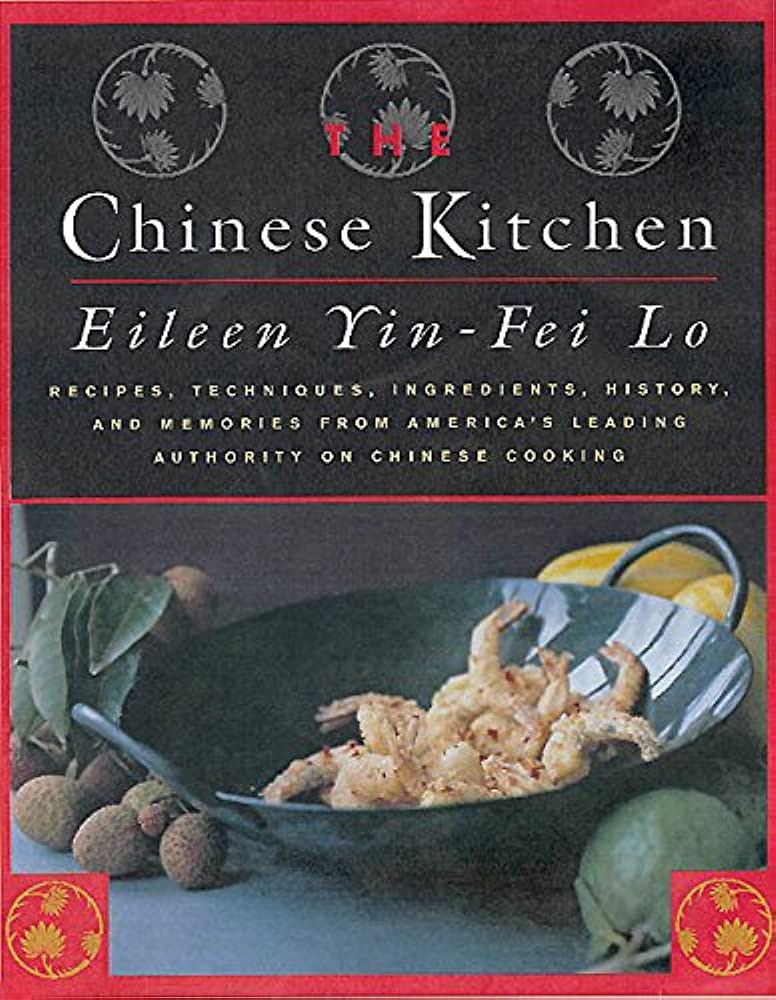Chinese and Vietnamese cuisine have distinct culinary traditions, despite their geographic proximity. Chinese cuisine is known for bold, hearty flavors with a focus on salty, sweet, and savory tastes, often seasoned with soy, oyster, and hoisin sauce. Umami flavors from dried mushrooms, fermented black beans, and chili bean paste are also popular. Vietnamese cuisine emphasizes fresh, herbaceous flavors and balancing sweet, sour, spicy and salty tastes, using fish sauce, lime juice, and lemongrass. Cooking techniques also differ, with Chinese cuisine often involving stir-frying and braising, while Vietnamese cooking relies on boiling, simmering, and steaming to preserve fresh flavors. Ingredients also differ, with Chinese cuisine featuring meat and a wide variety of vegetables and Vietnamese cuisine emphasizing fish, seafood, and fresh herbs.
Chinese vs. Vietnamese Cuisine: Examining the Differences in Flavor and Technique
Introduction
When it comes to Asian cuisine, people are often familiar with popular dishes from China and Vietnam. However, despite their geographic proximity, these two countries have distinct culinary traditions. In this article, we will compare and contrast Chinese and Vietnamese cuisine, examining the differences in flavor and cooking techniques.
Flavors
One of the most significant differences between Chinese and Vietnamese cuisine is the flavor profile. Chinese cuisine is known for being bold and hearty, with a focus on salty, sweet, and savory flavors. Dishes are often seasoned with soy sauce, oyster sauce, and hoisin sauce. Umami flavors from the use of dried mushrooms, fermented black beans, and chili bean paste are also popular.
On the other hand, Vietnamese cuisine is known for its fresh and herbaceous flavors. The emphasis is on balancing sweet, sour, spicy, and salty tastes. Common ingredients like fish sauce, lime juice, and lemongrass give dishes a zesty and citrusy pop. Vietnamese cooking also features a lot of fresh herbs like cilantro, mint, and Thai basil, which add a vibrant and refreshing element to dishes.
Cooking Techniques
Another significant difference between Chinese and Vietnamese cuisine is cooking techniques. Chinese cuisine often involves a lot of stir-frying, deep-frying, and braising. These techniques require a lot of heat to develop complex flavors and textures. Chinese cooking also uses a lot of spices and seasonings to enhance the flavors of dishes.
On the other hand, Vietnamese cuisine tends to use gentler cooking techniques like boiling, simmering, and steaming. Dishes are often prepared quickly and lightly to preserve the fresh flavors of the ingredients. Vietnamese cooking also relies heavily on natural ingredients and minimal seasoning to bring out the taste of the ingredients.
Ingredients
Chinese and Vietnamese cuisine also differ in the types of ingredients used. Chinese cooking often features meat as the main ingredient, while Vietnamese cuisine emphasizes fish and seafood. Chinese cuisine also has a wider variety of vegetables, including bok choy, Chinese broccoli, and lotus root, while Vietnamese cooking frequently features fresh herbs and leaves like perilla, banana leaf, and sawtooth herb.
Another key difference in ingredients is rice. Chinese cuisine mainly uses long-grain rice, while Vietnamese cuisine favors short-grain rice. Vietnamese cuisine also uses rice paper in dishes like spring rolls, while Chinese cooking traditionally uses wheat-based wrappers.
Conclusion
While Chinese and Vietnamese cuisine share some similarities, they also have significant differences in their flavor profiles, cooking techniques, and ingredients. Chinese cuisine is bold, hearty, and spice-heavy, while Vietnamese cuisine is fresh, herbaceous, and relies on gentle cooking techniques. exploring the nuances of each cuisine can give food lovers a greater appreciation for the diversity of Asian cuisine.
